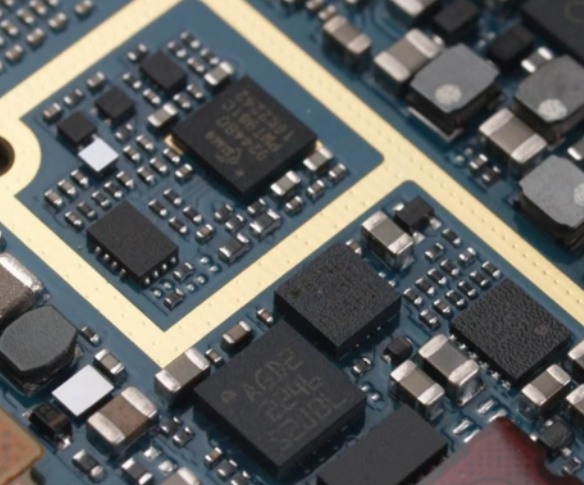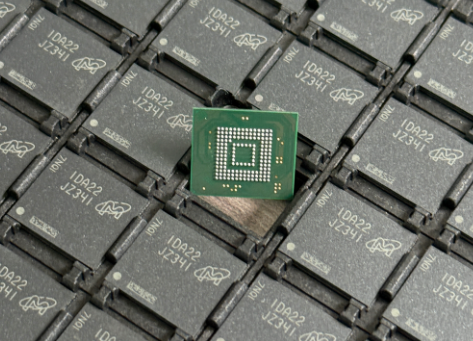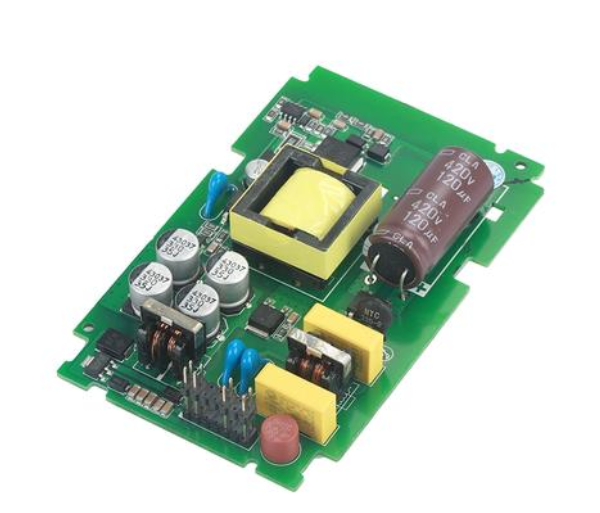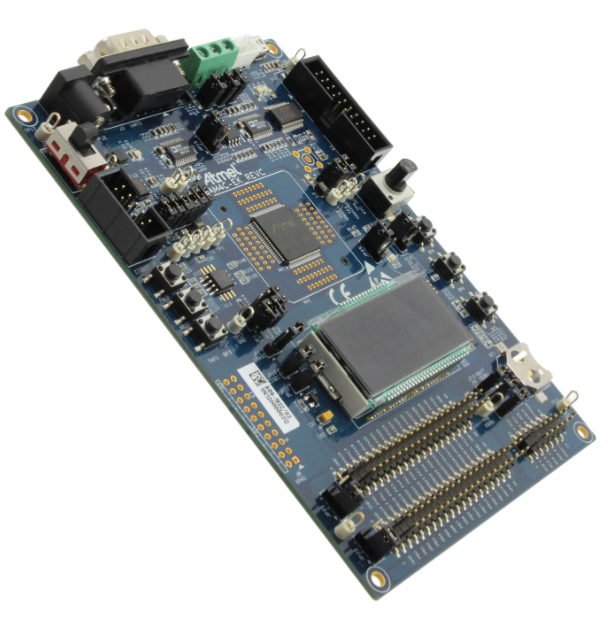Electronic Component Price Inquiry: A Comprehensive Guide for Smart Sourcing
Introduction
In the fast-paced world of electronics manufacturing and design, the ability to efficiently and accurately conduct an Electronic Component Price Inquiry is not just a procedural step—it is a critical business competency. The global electronic components market is notoriously volatile, characterized by rapid technological obsolescence, geopolitical tensions affecting supply chains, and fluctuating demand. For procurement specialists, engineers, and project managers, navigating this landscape requires more than just sending out a few emails; it demands a strategic approach to sourcing. A well-executed price inquiry can be the difference between a project delivered on budget and one that faces costly overruns and delays. This guide delves deep into the art and science of the electronic component price inquiry, outlining best practices, common pitfalls, and how leveraging modern tools like ICGOODFIND can transform your procurement process from a reactive chore into a strategic advantage.

The Anatomy of an Effective Electronic Component Price Inquiry
An electronic component price inquiry is far more than a simple request for a quote (RFQ). It is a formal request sent to distributors, manufacturers, or independent suppliers to obtain pricing, availability, and lead time information for specific components. However, the effectiveness of this inquiry hinges entirely on the quality and completeness of the information provided.
The cornerstone of a successful inquiry is providing impeccable data. Vague or incorrect part numbers are the primary reason for delayed responses and inaccurate quotes. Always use the manufacturer’s full and exact part number, including any suffixes that denote packaging (e.g., reel vs. tube) or temperature grade. For example, inquiring about “STM32F407VET6” is precise, whereas asking for an “STM32F4” microcontroller will yield confusing and non-comparable results from suppliers.
Beyond the part number, your inquiry must specify the required quantity. Pricing for electronic components is almost always tiered. The unit price for 100 pieces can be orders of magnitude higher than the price for 10,000 pieces. Be realistic about your projected needs—both for initial prototypes and potential production runs. Furthermore, clearly state your target price, if you have one, and your required delivery date. This helps suppliers understand your constraints and propose alternatives if necessary. Finally, always include your company information and a designated contact person. This establishes legitimacy and ensures the supplier can quickly reach out with questions or their quotation.
Navigating Market Volatility and Supply Chain Challenges
The era of simply placing an order and expecting next-day delivery for most components is, for now, largely over. The market has been reshaped by a confluence of factors, making strategic inquiry more important than ever.
Understanding market lead times is paramount. A component listed as “In Stock” today might have a lead time of 52 weeks tomorrow. Factors such as fab capacity allocations, raw material shortages (e.g., silicon wafers), and surges in demand from specific industries (like automotive or IoT) can create sudden and severe shortages. When conducting your price inquiry, you must probe beyond the immediate availability. Ask suppliers for their forecasted lead times and their confidence level in those estimates. Inquire about alternative sources or approved alternates that may offer better availability.
This is also where the concept of strategic sourcing versus tactical buying comes into play. Tactical buying is reactive—you need a part, so you find it and buy it. Strategic sourcing involves building relationships with authorized distributors who can provide market intelligence. During your inquiries, ask questions like: “Are you seeing upward price pressure on this product family?” or “Is this part nearing end-of-life (EOL)?” The answers to these questions can inform not just your current purchase but your entire product lifecycle strategy, potentially saving you from last-time buys or costly redesigns down the line.
Leveraging Digital Tools: The Role of ICGOODFIND
In this complex environment, manual processes—scrolling through dozens of distributor websites, sending individual emails, and managing responses in spreadsheets—are hopelessly inefficient and prone to error. This is where digital component search engines and marketplaces prove their immense value.
Platforms like ICGOODFIND are revolutionizing the electronic component price inquiry process. Instead of fragmenting your request across multiple channels, these platforms act as aggregators, providing a centralized dashboard to view real-time pricing and availability from a vast network of vetted suppliers globally. The ability to instantly compare offers side-by-side is a game-changer, enabling procurement teams to make data-driven decisions based on the best combination of cost, availability, and reliability.
ICGOODFIND goes beyond simple search. Its intelligent algorithms can provide valuable market data trends, alert users to potential counterfeit risks by highlighting authorized versus independent suppliers, and even suggest alternative components that are functionally equivalent but more readily available or cost-effective. By using such a platform, you are not just automating a task; you are augmenting your strategic capability. You gain transparency and insights that were previously impossible to gather manually, turning the tedious process of price inquiry into a powerful competitive intelligence operation.
Conclusion
Mastering the electronic component price inquiry is an essential skill in today’s challenging supply chain environment. It requires meticulous attention to detail in preparing requests, a strategic mindset to interpret market signals within the responses, and the adoption of modern digital tools to operate at scale and with precision. By moving beyond a transactional view of sourcing and embracing it as a core strategic function, businesses can mitigate risks, control costs, and ensure the smooth progression of their products from design to market. Remember, in electronics procurement, knowledge is not just power—it is profit, efficiency, and resilience. Utilizing integrated platforms like ICGOODFIND is no longer optional for those seeking a serious advantage; it is a fundamental requirement for smart sourcing in the digital age.






























